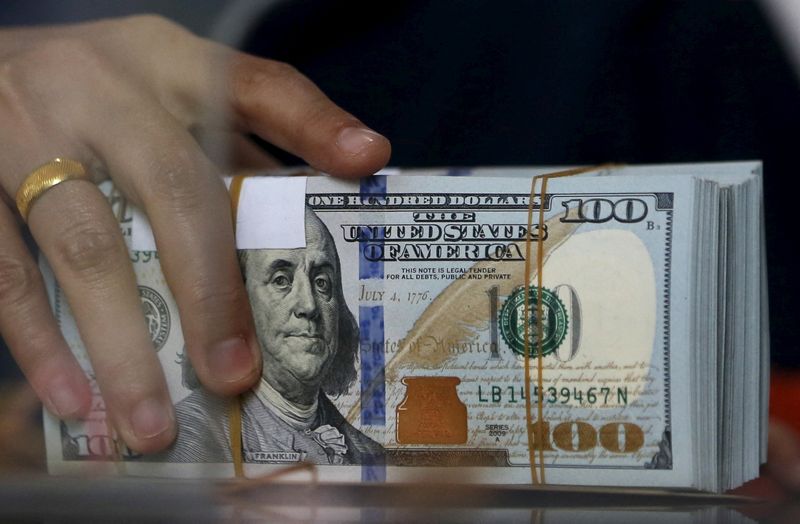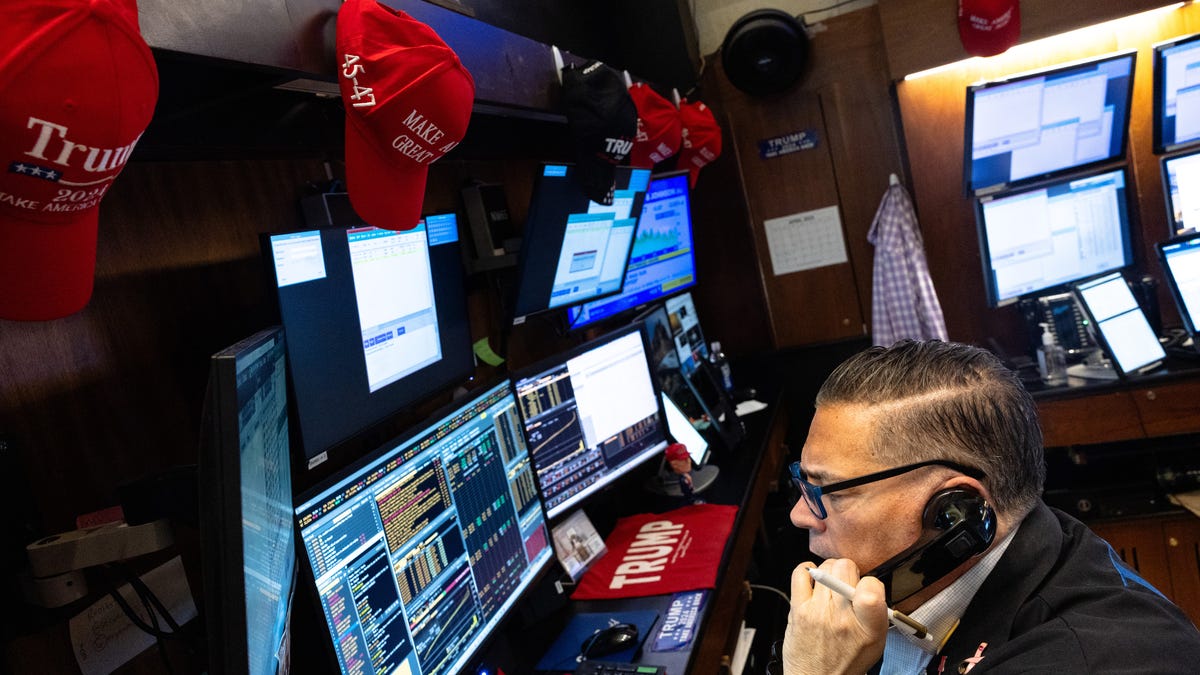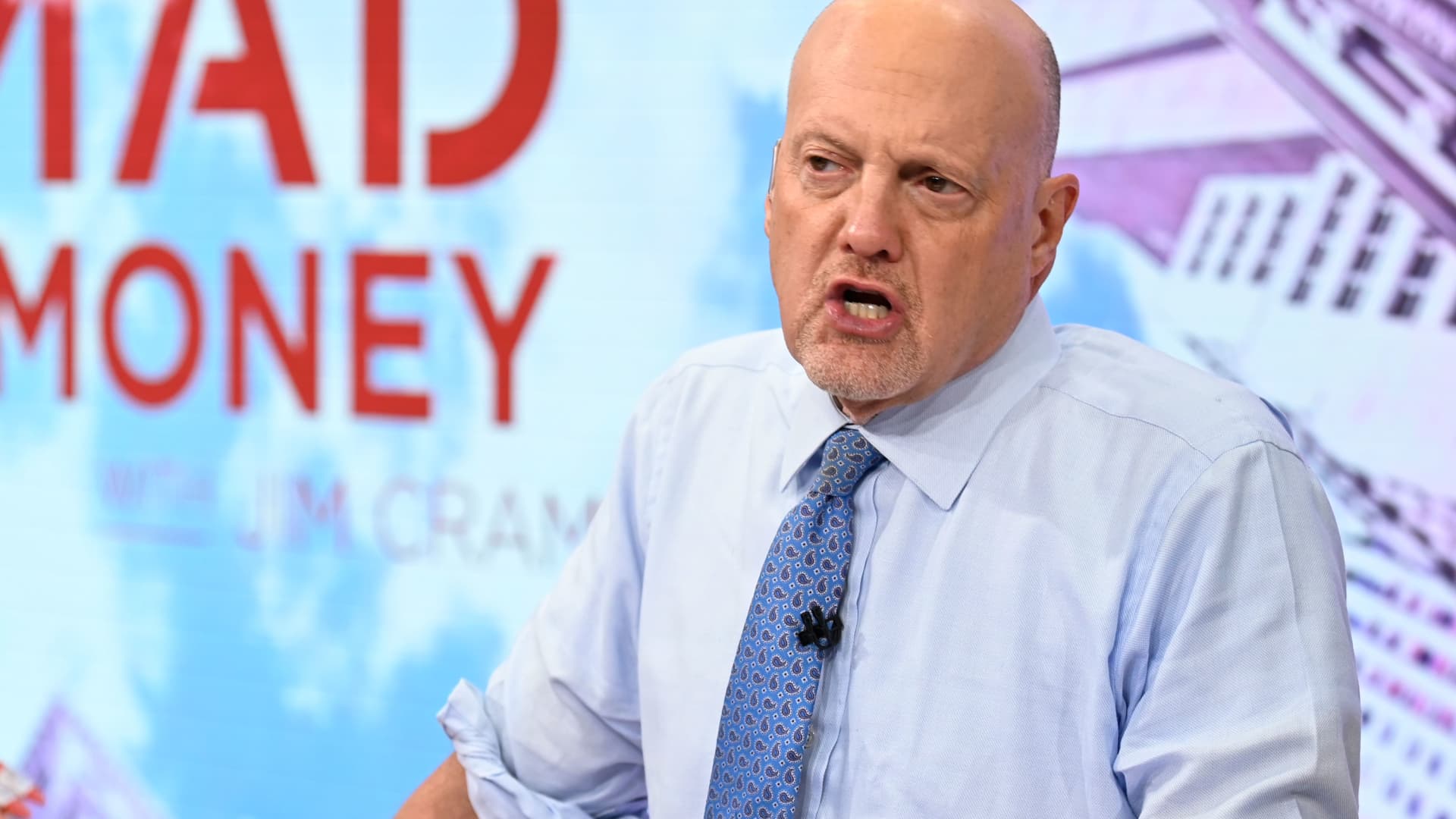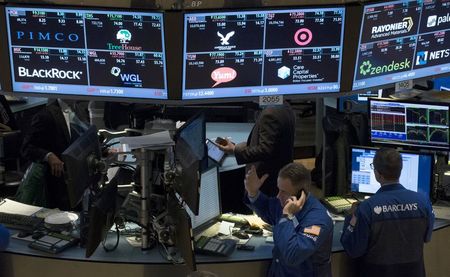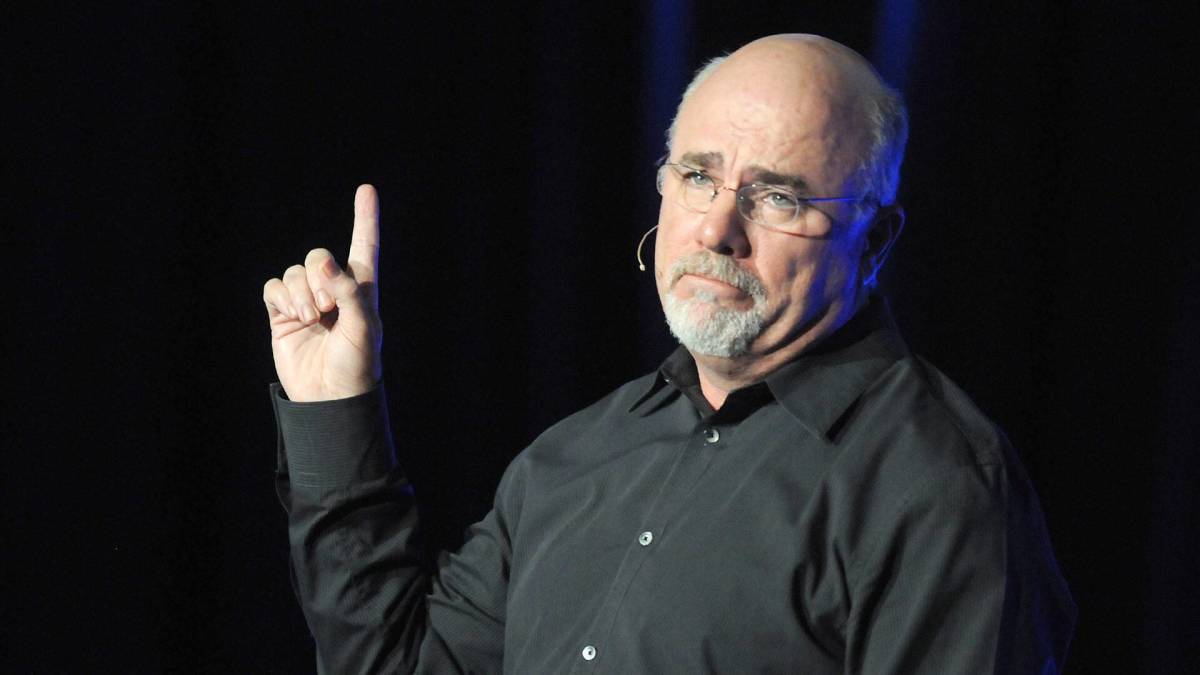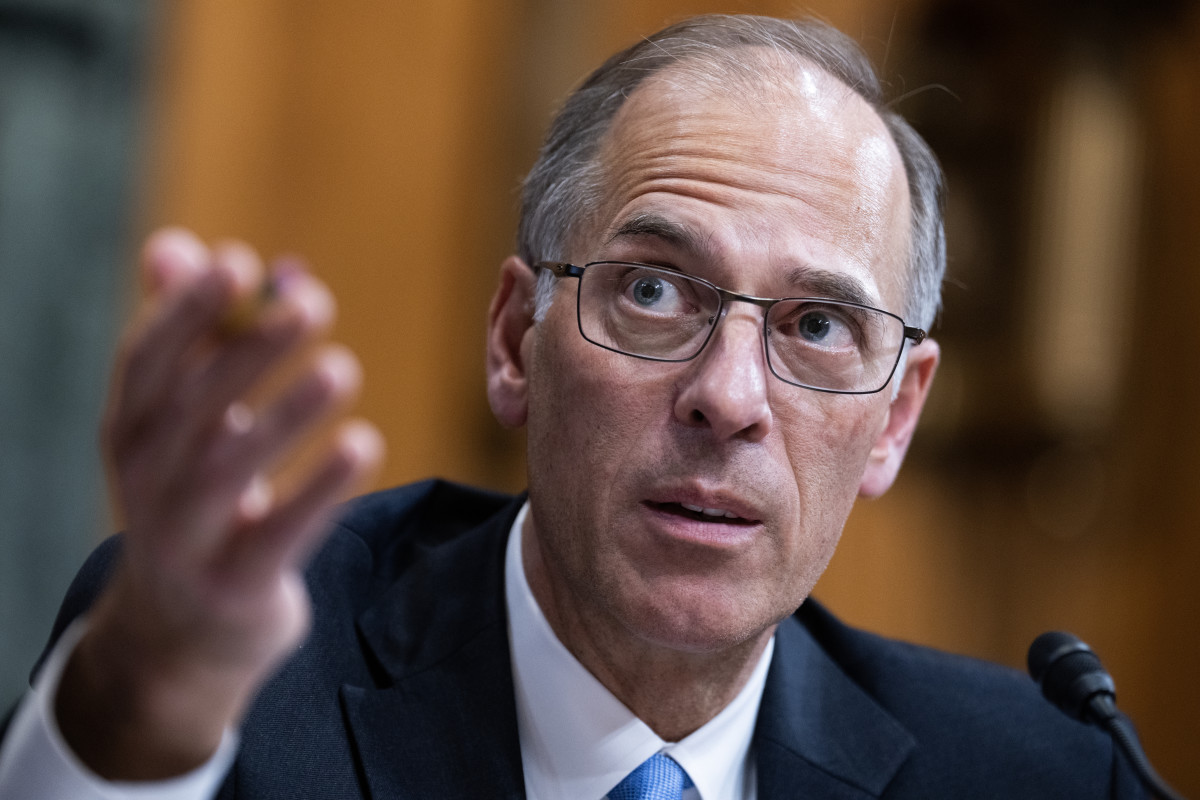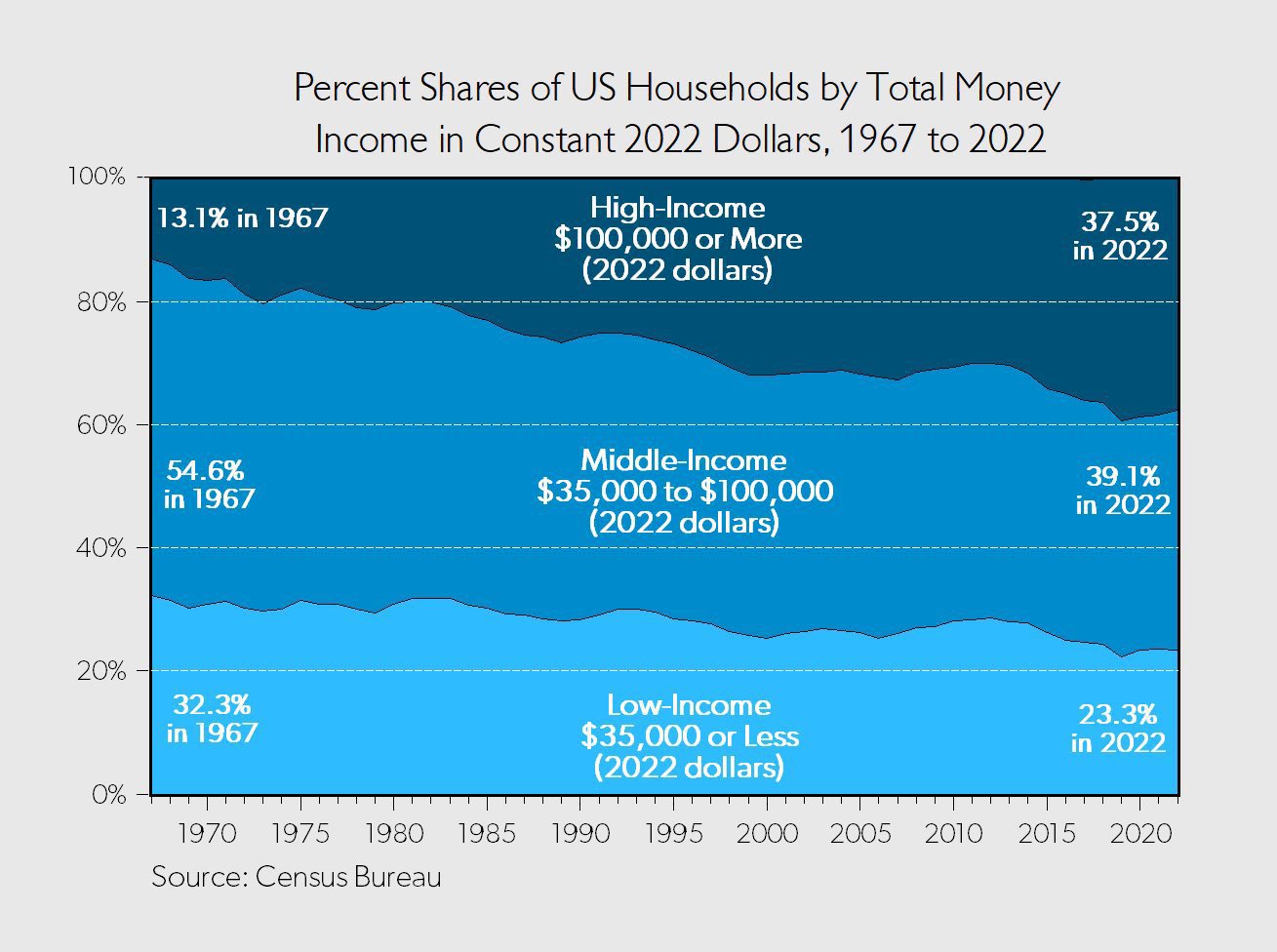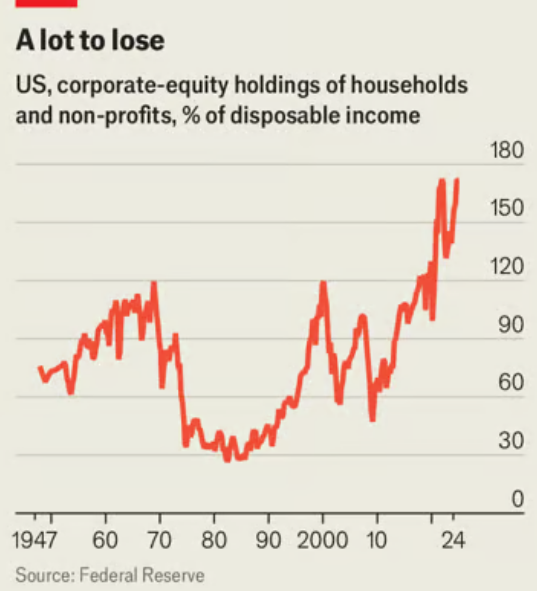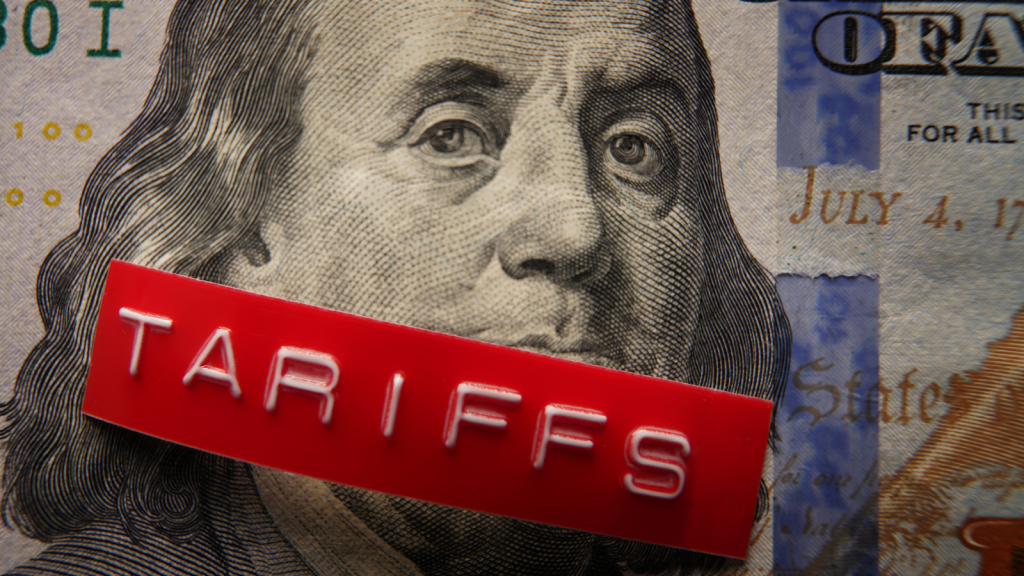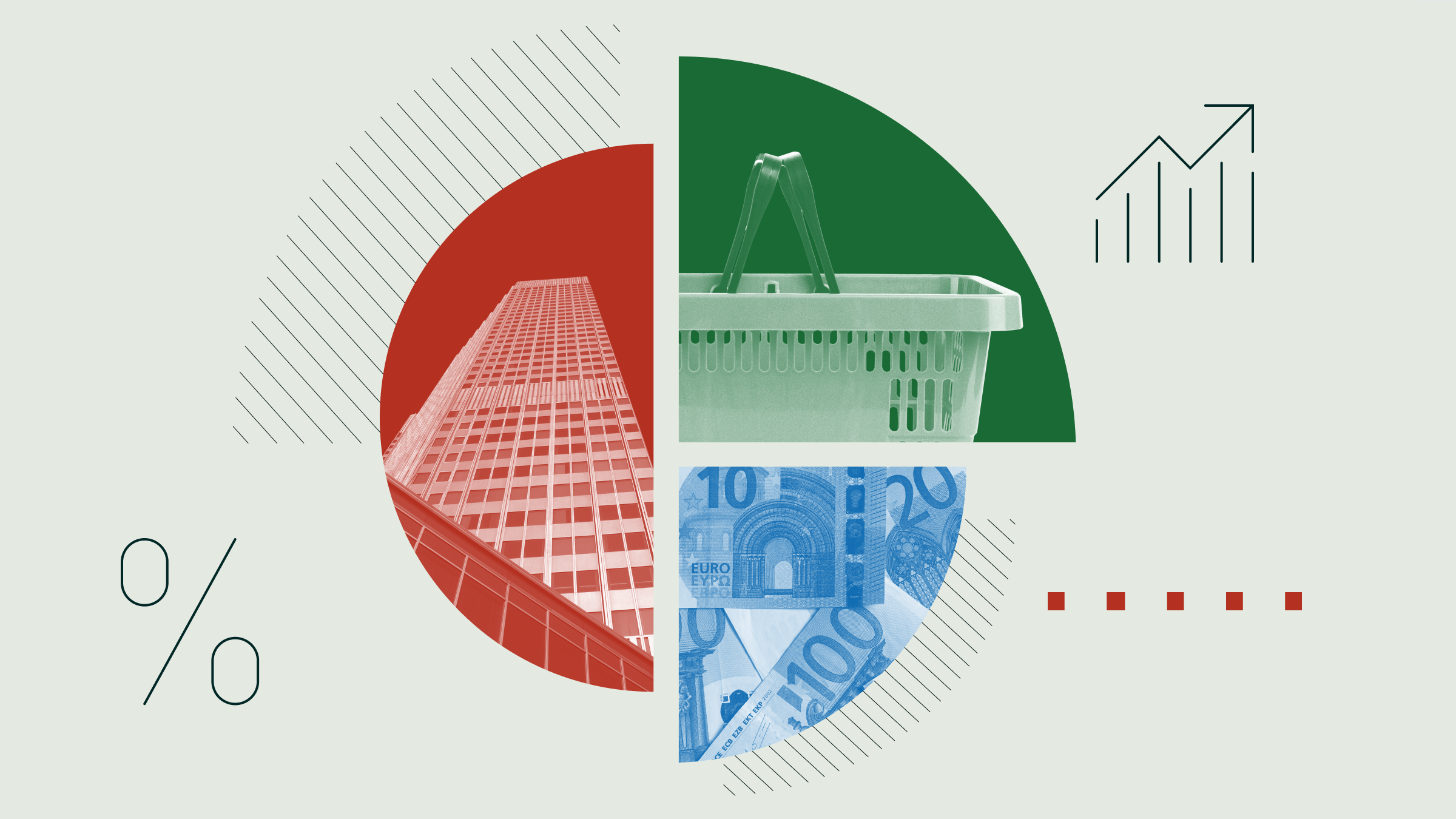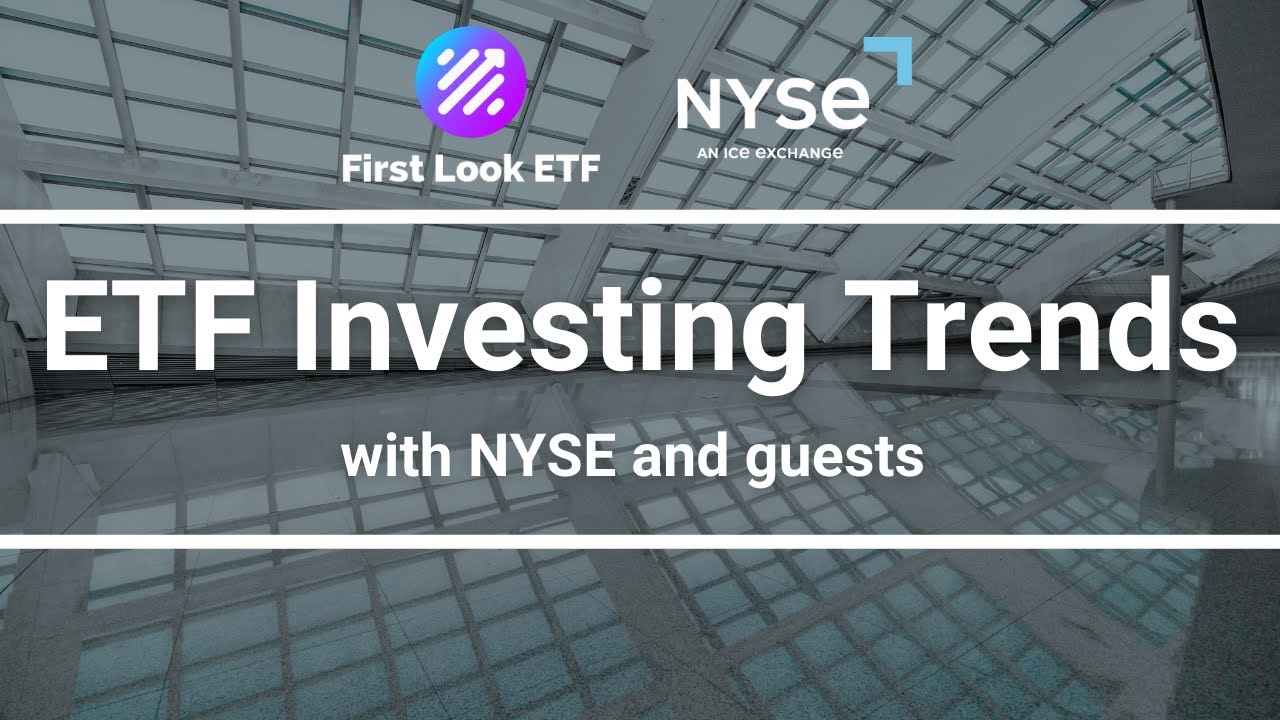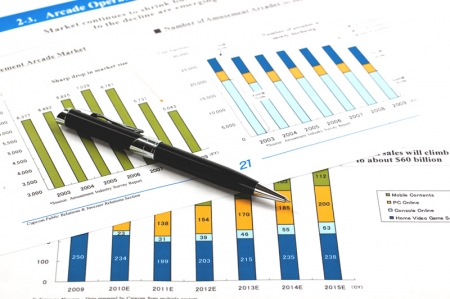Netflix Stock (NFLX) Price Prediction and Forecast 2025-2030 (March 2025)
Netflix's ongoing content success, now including games and live content, and advertising leads 24/7 Wall St. to project huge upside for the stock by the end of the decade. The post Netflix Stock (NFLX) Price Prediction and Forecast 2025-2030 (March 2025) appeared first on 24/7 Wall St..

Netflix Inc. (NASDAQ: NFLX) has a lot to celebrate in 2025, including upcoming seasons of popular shows such as “Wednesday,” “Stranger Things,” and “Squid Games”; the success of international content from Korea, Latin America, and elsewhere; and the introduction of live and interactive content. All this has helped buoy the stock despite economic uncertainty.
Shares hit an all-time high near $1,065 in February and are now 4.8% higher than at the beginning of the year. Since Netflix’s initial public offering, the stock has risen more than 86,650%, much of that gain coming since the depths of the COVID-19 pandemic.
24/7 Wall St. Key Points:
-
By leveraging its vast movie catalog, Netflix Inc. (NASDAQ: NFLX) became the industry leader even before pivoting to original content.
-
Netflix’s ongoing content success, now including games and live content, and advertising leads 24/7 Wall St. to project huge upside for the stock by the end of the decade.
-
If you’re looking for an AI stock early in the AI growth cycle, grab a complimentary copy of our “The Next NVIDIA” report. It has a software stock that could ride dominance in AI to returns of 10x or more.
But the question is what Netflix will do for investors going forward. While Wall Street offers one-year price projections, investors want to know where shares will be many years from now. 24/7 Wall St. has you covered. We applied some assumptions about its business and opportunities for growth and did some numbers-crunching to offer insights about where Netflix stock will be in future years.
Netflix’s Past Performance
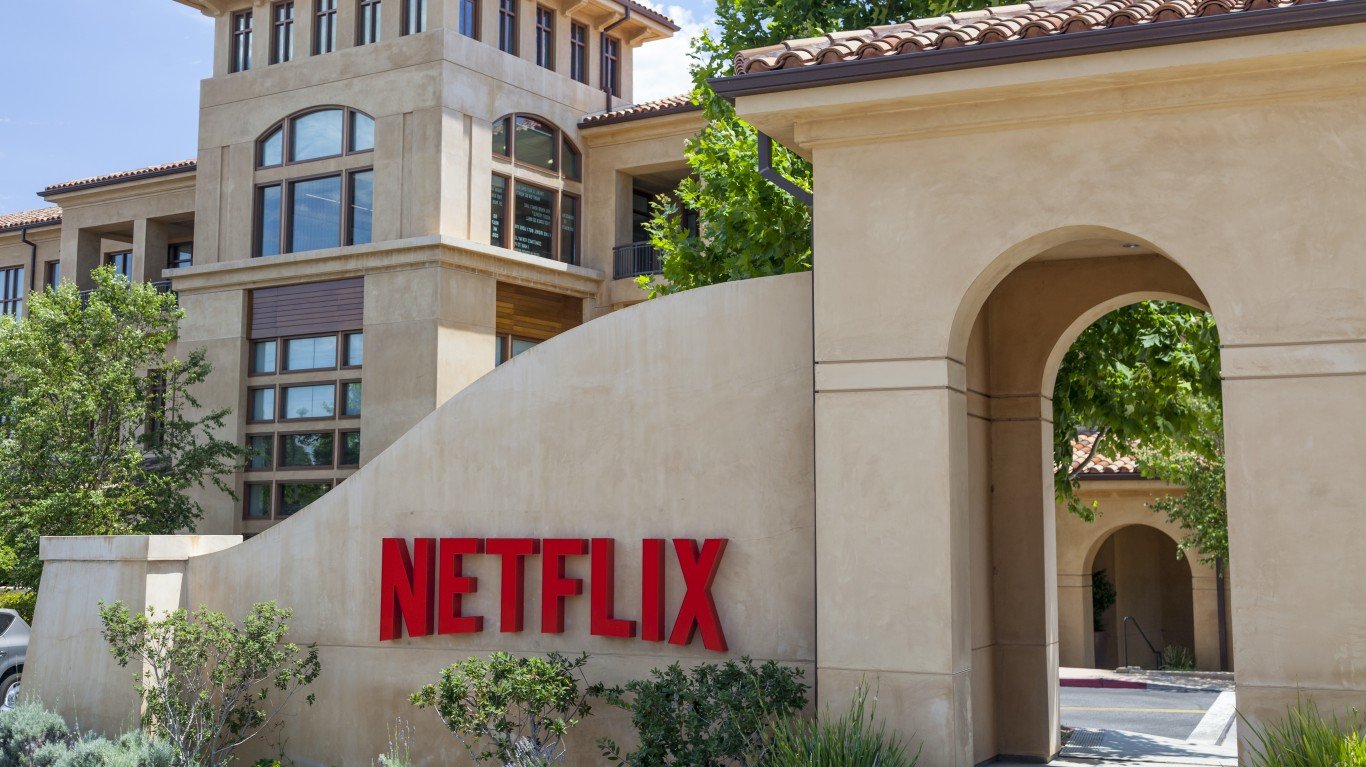
Before winning the streaming wars, Netflix was already transforming the home entertainment industry. It was founded in 1997 by Reed Hastings as a DVD-by-mail subscription service. At the time, the movie rental market was dominated by physical rentals from giants like Blockbuster. Netflix’s business model disrupted the traditional movie rental model by offering convenience and eliminating late fees.
Hastings took the company public five years later on May 23, 2002, at a split-adjusted $1.16 per share. Today, the stock trades near $930.00 per share, for a compounded annual growth rate of over 34.1%. That means every $1,000 invested in the streamer in 2002 is worth $866,500 today.
When Netflix began streaming in 2007, the industry was in its infancy with competitors like Hulu and Amazon Prime Video only emerging afterward. By leveraging its vast movie catalog, it quickly became the industry leader before pivoting to original content in the 2010s.
Today, Netflix has 301 million paid subscribers and has reshaped entertainment consumption worldwide.
Key Drivers for Netflix

Content success: Although Netflix had a rocky start when it began producing its own content, it has long since found its stride and routinely produces captivating shows that grab the public’s attention. During Covid lockdowns, it had “Tiger King” in 2020 and followed that up with “Squid Game” in 2021. Last year, its most popular shows included “Monsters: The Lyle and Erik Menendez Story” and “Nobody Wants This.” And because it has good relationships with international creators, it has begun bringing out new programming from Brazil, South Korea, the U.K., and elsewhere. The second season of “Squid Game” was its most-watched series in 2024.
Games based on content: A fast-growing opportunity is games based on Netflix IP, such as Squid Game, Virgin River Christmas, and The Ultimatum. It also has games based on existing IPs, such as Monument Valley 3. As it all comes included as a package with Netflix streaming, it has the potential to see tremendous growth.
Live events: The Mike Tyson-Jake Paul boxing match Netflix hosted on Nov. 15 drew in 108 million viewers, with 65 million concurrent households at its peak, making it the “most-streamed sporting event ever.” Its success will likely spur more such programming in the future, such as Christmas Day NFL and weekly WWE wrestling events. It might not reach the 200 billion hours of its on-demand streaming content but should offer significant growth.
Advertising: Netflix expects ads to become a significant contributor to revenue in the next few years. It says it is roughly doubling ad revenue each year, but it is starting off a very small base. It will become meaningful beginning in 2025. In the countries where it shows ads, the ad plan accounted for 50% of the new membership sign-ups it saw in the quarter and ad plan membership was up 35% quarter-over-quarter.
Netflix Stock Price Prediction in 2025
Forty-seven analysts cover Netflix stock, and their 12-month consensus price target is $1,073.96 per share. That implies 16.5% upside from where it currently trades, but ranges from a low of $700 per share (or 24.1% downside) to a market high of $1,494 per share (62.0% upside). On average, the analysts recommend buying shares, and they have since at least the beginning of the year.
24/7 Wall St. projects Netflix stock will land on $1,042 per share this year, based on continued, triple-digit growth in advertising revenue and high-double-digit ad plan subscriber growth. We expect Netflix revenue to grow 12% in 2025, which is the midpoint of its 11% to 13% guidance. The streamer should outperform analyst expectations due to higher-than-expected subscriber growth and margin expansion due to its scale. That will produce earnings of $21.70 per share, in line with five-year CAGR of around 20%. We expect the stock to trade at a similar multiple next year of around 48.
How Netflix’s Next Five Years Could Play Out

Valuing Netflix’s stock price for the coming years, we begin with revenue of $39.0 billion and net income of $8.7 billion for 2024. Then provide our best estimate of the market value of the company by assigning a price-to-earnings multiple.
| Revenue (billions) | Net Income (billions) | EPS | |
| 2025 | $43.5 | $9.0 | $21.70 |
| 2026 | $48.7 | $10.2 | $26.04 |
| 2027 | $53.6 | $11.5 | $29.94 |
| 2028 | $58.4 | $12.8 | $34.43 |
| 2029 | $63.7 | $14.0 | $39.60 |
| 2030 | $69.4 | $17.4 | $44.35 |
As advertising begins to take off, but subscribership in its more mature markets slows, revenue growth should maintain its 12% growth rate. Netflix should continue to trade at elevated multiples consistent with where it trades today, giving us a price target of $1,250 per share in 2026.
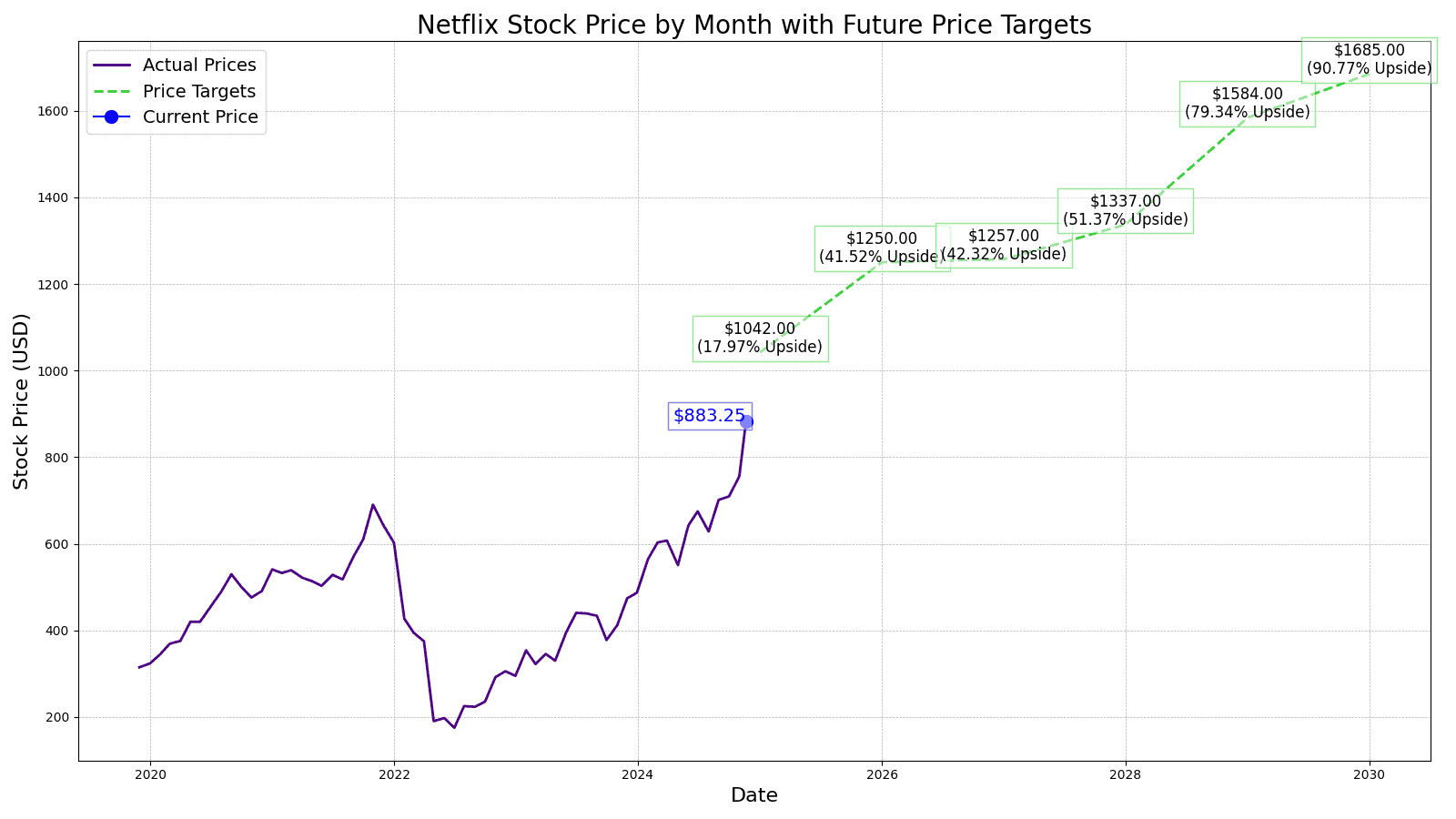
For 2027, we forecast the growth juggernaut will ease slightly to 10% growth in revenue though it will maintain its margins of 21% giving us earnings of $29.94. With a P/E ratio of 42, that translates into a price target of $1,257 per share.
Through 2029, we forecast Netflix will take its foot off the revenue gas ever so slightly at just 9% annually. With a P/E ratio of 40, in line with its five-year average, we get price targets of $1,377 in 2028 and $1,584 per share in 2029.
At this point, Netflix remains the dominant streaming service, but offering a multitude of gaming options and live events. Although advertising will be a considerable component of revenue, it will have reached critical mass in most of its important growth markets by 2030, and the maturity of its business will see Netflix’s revenue growth slow to 9%. Margins, however, should continue improving to 25%, which will readily support a price target of $1,685 per share at a P/E ratio of 38.
| Year | Price Target | Upside Potential |
| 2025 | $1,042 | 13.0% |
| 2026 | $1,250 | 35.5% |
| 2027 | $1,257 | 36.3% |
| 2028 | $1,337 | 45.0% |
| 2029 | $1,584 | 71.8% |
| 2030 | $1,685 | 82.7% |
At some point along the way, it would not be surprising to see Netflix split its stock to make it more affordable for small, retail investors.
The post Netflix Stock (NFLX) Price Prediction and Forecast 2025-2030 (March 2025) appeared first on 24/7 Wall St..
